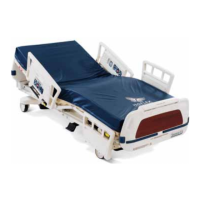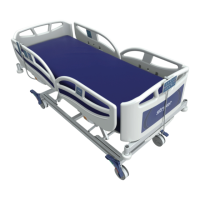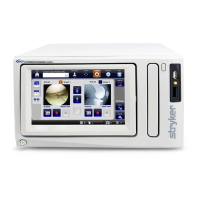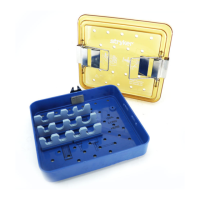13
Amalletisthenusedtoseatthe
stemintothecanalwithshort,
controlledstrokes.
ThesurgeonshouldNOTattempt
tocontinueimpactingthefemoral
componentifvisualandauditory
cluesindicatethatthestemisrmly
seatedinthecanal.Theseclues,
ratherthanthebroachseatinglevel,
shouldbeusedtodeterminethe
nalseatingheightoftheimplant.
Continuedaggressiveimpaction
couldleadtofemoralfracture.
Intheeventthatdenseboneis
encounteredintra-operativelyand
compoundinganatomicalfactorsare
present,theseatingoftheimplant
maynotbeconsistentwiththelevel
ofthebroachduetotheviscoelastic
natureofthefemoralbone.Ifthe
nalseatingheightisundesirable,
theimplantcanberemovedusing
theModularThreadedStemInserter
(option3)andadditionalbroaching
canbeperformed.Ifthestem
inserter is contacting the greater
trochanterduringinsertion,continued
impactioncouldleadtoafracture.
Figure16
Figure15
If the stem inserter is
contacting the greater
trochanter during insertion,
continued impaction could
lead to a fracture. The
surgeon should consider
using an alternate impactor.
CAUTION
Final Implant Trunnion
Neck
Angle
Stem Size Face of a Size 8
132° Stem
Taper
Lot ID Number
(Varies from implant
to implant)
1
6
0
1
-
0
8
1
3
2
V
40
Figure17
Prior to implanting the final stem
and femoral head, check the
implants for potential damage.
Ensure that the final stem matches
the last broach used. Use the
markings on the face of the stem
trunnion to verify the stem size and
taper type.
Note

